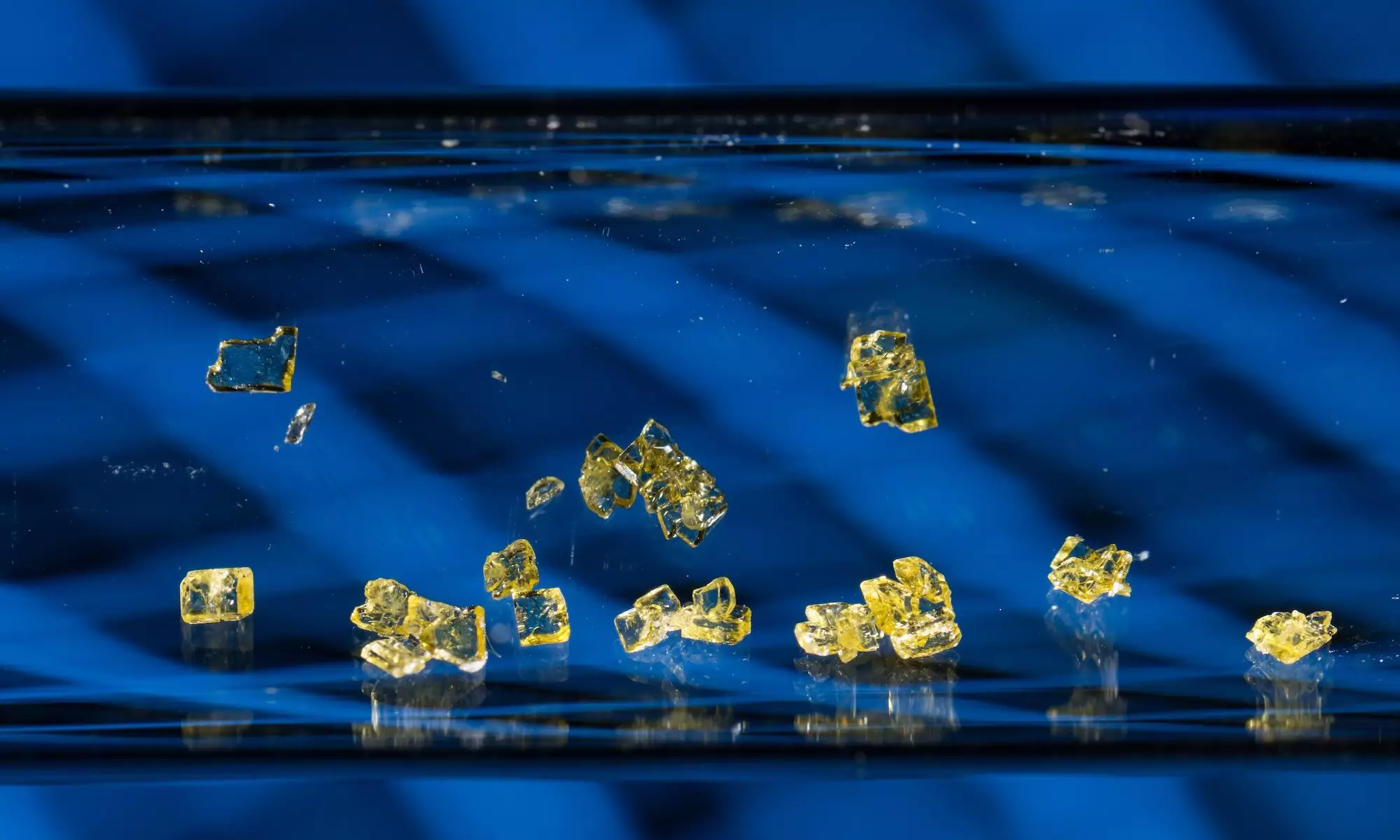The quest for precision in creating medicines and materials has long been a goal for researchers and pharmaceutical companies alike. Achieving this level of precision could revolutionize drug treatments and material development. Recently, scientists at the University of Rochester, led by Assistant Professor Shauna Paradine, have made a significant breakthrough in this area. Their research, published in Nature Communications, introduces a novel method that utilizes a chemical “helper” to guide reactions with extreme accuracy.
In the realm of chemical reactions, molecules can come together in various ways. However, controlling these interactions is a significant challenge. Sometimes, molecules exhibit a bias, known as a substrate bias, towards specific reactions or combinations. Overcoming this bias is crucial as it opens up opportunities to access different configurations of product molecules. Paradine and her team discovered a method to tackle substrate bias by leveraging a ligand that facilitates more precise reactions.
A ligand plays a crucial role in binding to a central metal atom or ion, influencing the properties and reactivity of the resulting complex. Through their research, Paradine and her team found a way to manipulate substrate bias by utilizing specific ligands. By introducing the right ligand, they were able to change the direction in which molecules react without altering other aspects of the chemical process. This breakthrough was akin to finding a needle in a haystack, highlighting the complexity and precision required in this type of research.
Implications for Drug Development
The implications of this research extend beyond the realm of chemical reactions. In drug discovery and development, the ability to finely tune molecules to optimize their properties is crucial. Typically, this process involves extensive work. However, by leveraging ligands, scientists can now generate different configurations of molecules from the same reaction, providing a faster and more efficient pathway to creating complex and useful molecules. This approach not only streamlines the drug development process but also offers a wider range of options to explore in chemical space.
The groundbreaking research conducted by Shauna Paradine and her team at the University of Rochester represents a significant step towards achieving precision in chemical reactions. By overcoming substrate bias using ligands, the researchers have opened up new possibilities in drug development and material synthesis. The ability to control molecular interactions with such accuracy has the potential to revolutionize the pharmaceutical industry and pave the way for the creation of more effective drugs and materials.


Leave a Reply